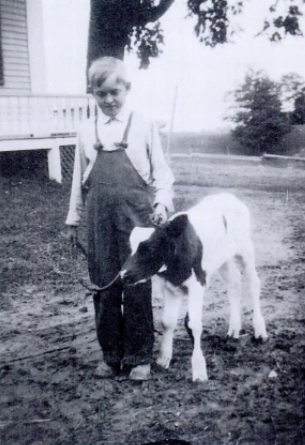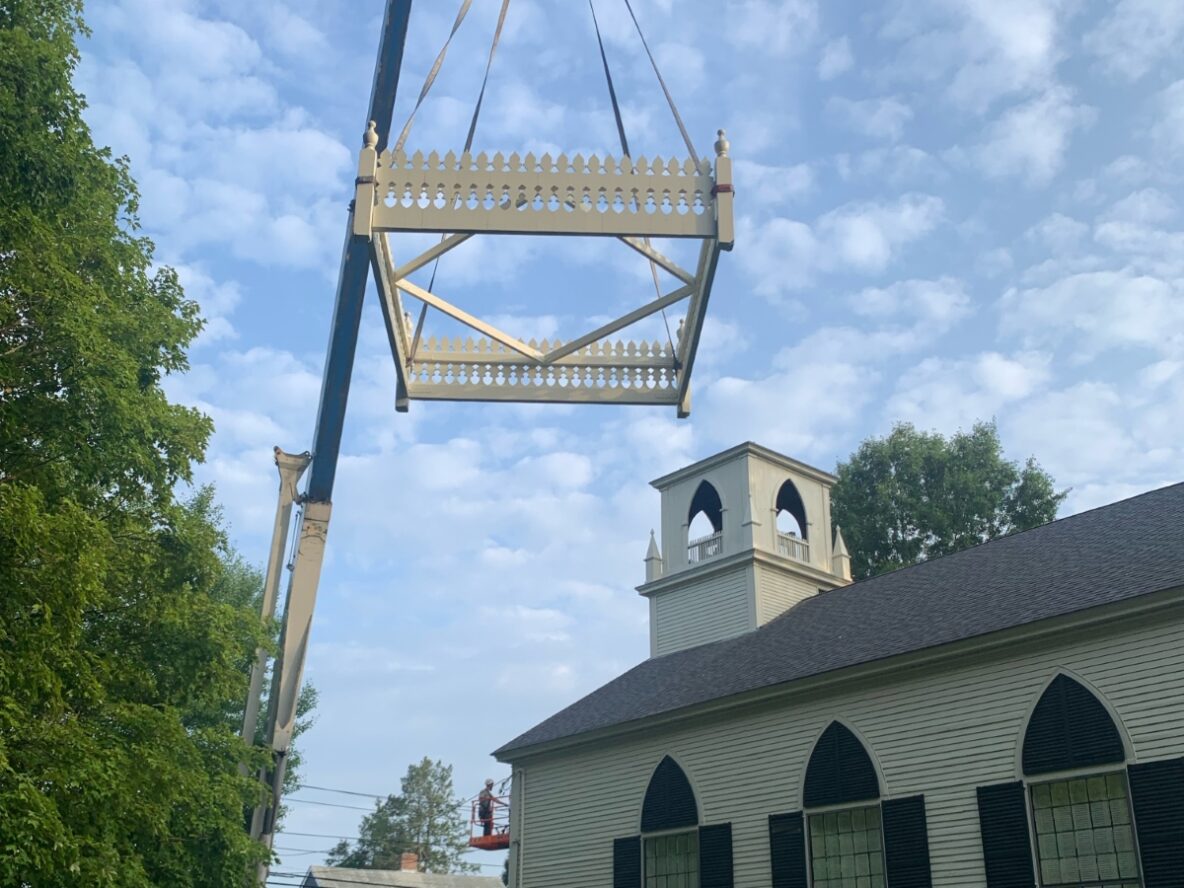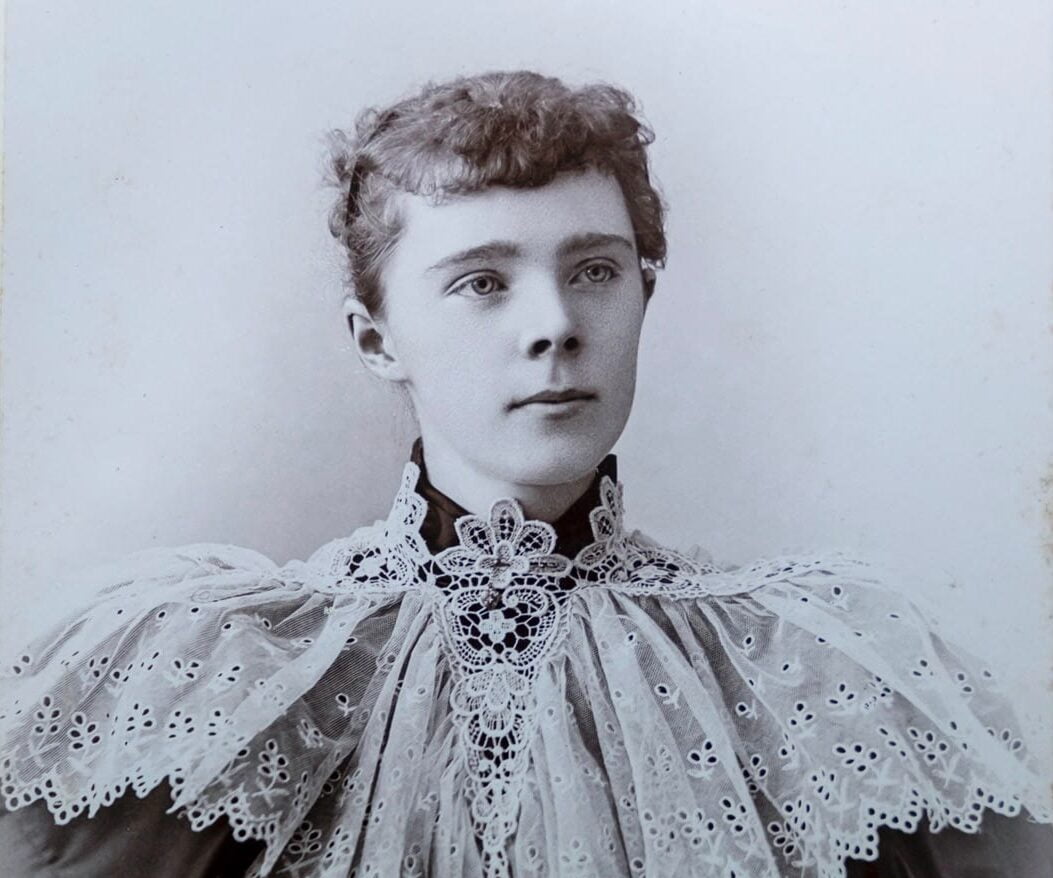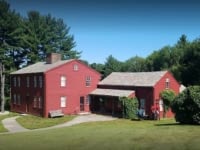Dancing in the Streets: A Live Musical Program of the Arts in Harvard with Clara Endicott Sears
Enjoy a fun evening of live music, original historic art and period dance, while mistress of ceremony Clara Endicott Sears shares Harvard’s history of the arts.



















































